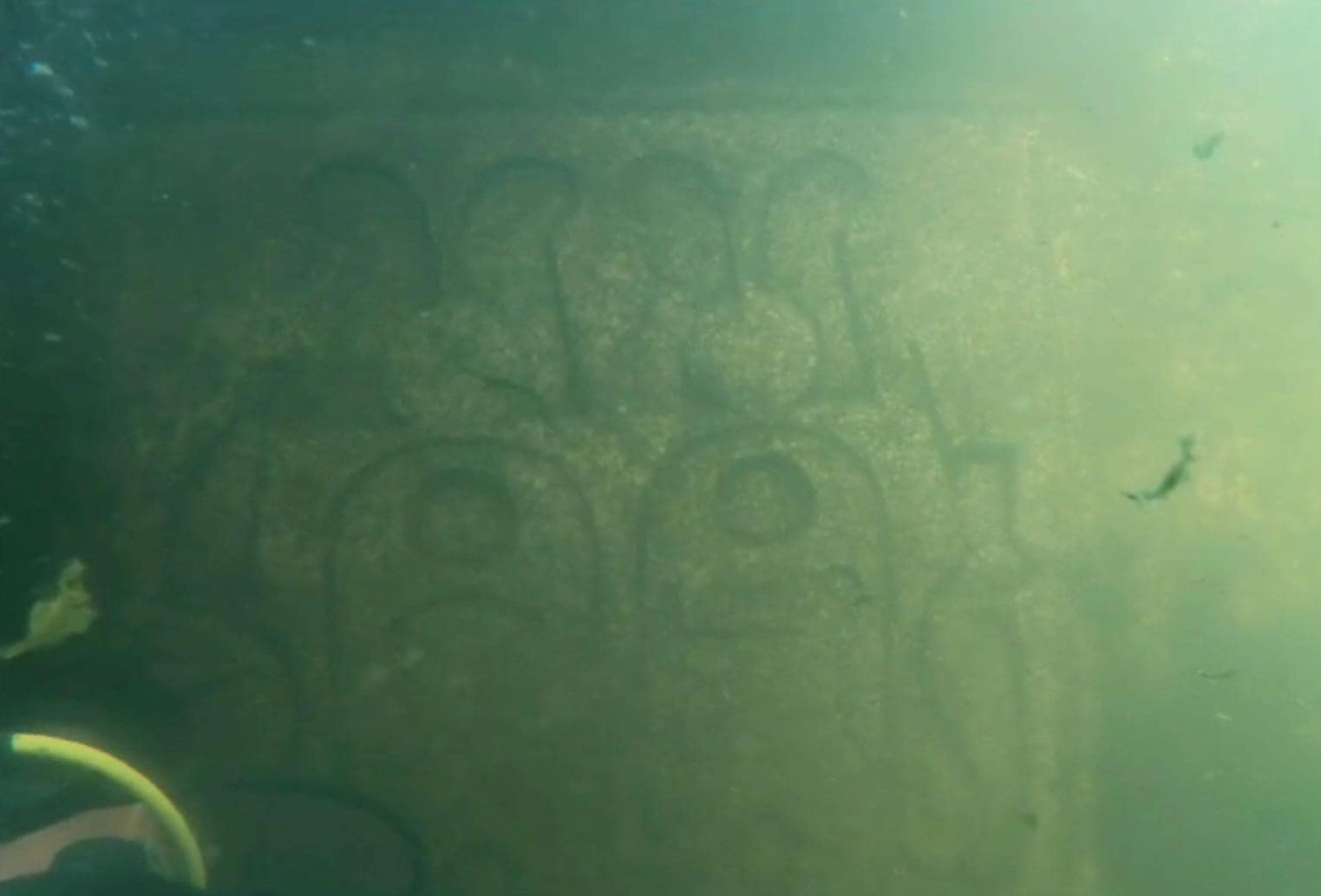A joint French/Egyptian archaeological mission has discovered a collection of Ancient Egyptian carvings beneath the waters of Lake Nasser, Egypt.
Lake Nasser is a reservoir in southern Egypt, created through the construction of the Aswan High Dam between 1960-1970.
The lake covers an area of 5,250 km2, which at the time of its creation, threatened to submerge many Ancient Egyptian sites and monuments.
An international effort was made to rescue and relocate many of the sites, which culminated in the International Campaign to Save the Monuments of Nubia, led by UNESCO.
In a recent study, archaeologists from the Ministry of Tourism and Antiquities, working in collaboration with the Paul Valéry University of Montpellier, have discovered a number of submerged paintings, carvings, and miniatures that depict Amenhotep III (reigned 1391–1353 BC), Thutmose IV (reigned 1401–1391 BC), Psamtik II (reigned 595–589 BC), and Apries (reigned 589 BC – 570 BC).
The carvings were discovered in submerged rock formations around the Island of Philae and Knossos Island. These islands, located near the expansive First Cataract, were also submerged with the creation of Lake Nasser.
Prior to the submerging, the Philae temple complex, which was located on the Island of Philae, was rescued and moved to Agilkia Island, between the High Aswan Dam and the Low Aswan Dam.
According to a press statement by the Ministry of Tourism and Antiquities, the mission has used modern archaeological techniques to identify and document the carvings, which have been found in a good state of preservation.
Dr. Islam Saleem, said: “The mission is currently creating 3D models of the carvings in preparation for their scientific publication, which contributes to their protection and preservation.”
Header Image Credit : Ministry of Tourism and Antiquities
Sources : Ministry of Tourism and Antiquities





